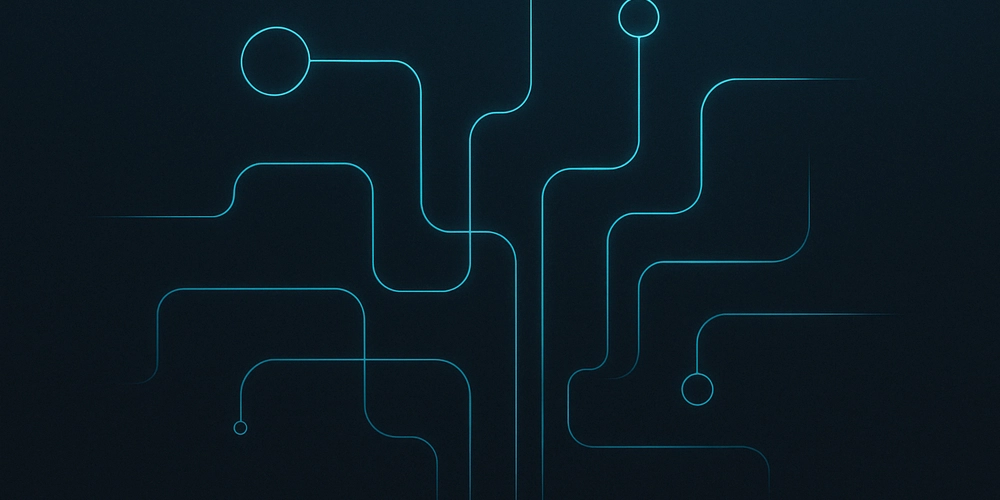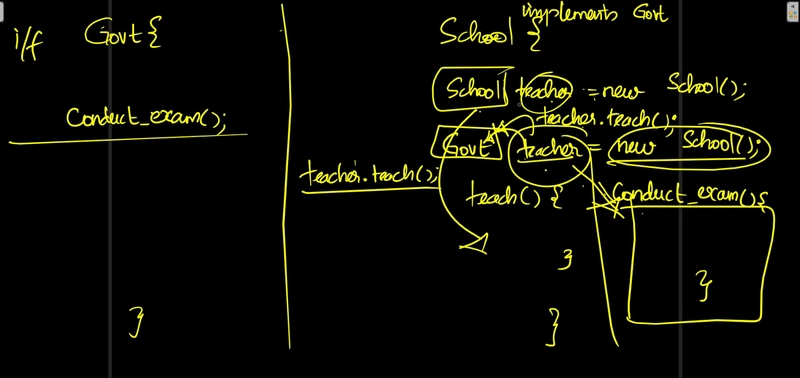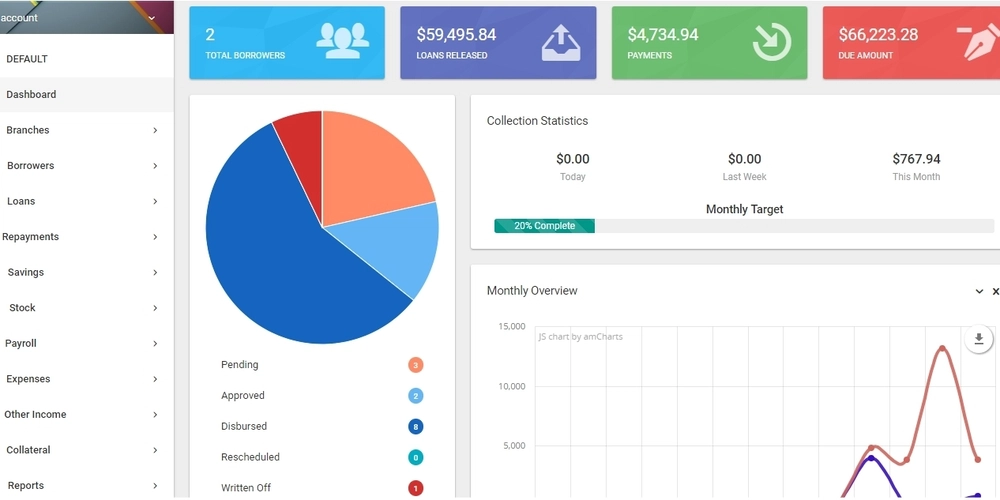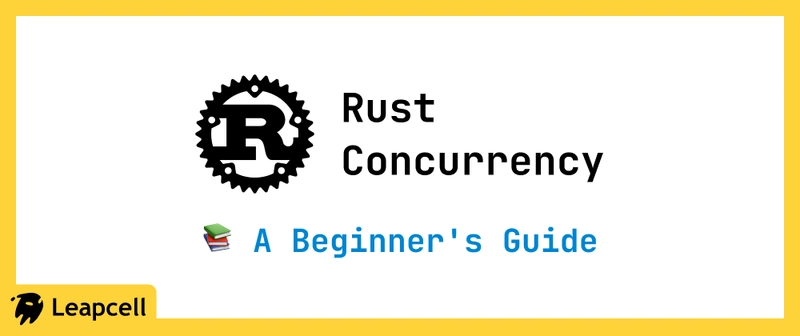Coding without coding: What building with AI taught me
I’m a software engineer with nearly 15 years of experience. I’m currently director of engineering at a multinational company with over 150 engineers. Like many leaders in the tech industry, I’ve been watching AI move from novelty to necessity at an incredible pace. More and more companies aren’t just encouraging AI adoption, they’re making it a mandate. While I support this shift, I also know (as a manager) that not every developer is excited about it. So I decided to experience it firsthand. Not through a tutorial or a demo, but by building a real, live product, from scratch, using nothing but AI. The Idea: vinutils.com I could’ve built a simple to-do app. But I wanted something useful. Something real. Something I could publish. So I built vinutils.com, a free web tool for working with Vehicle Identification Numbers, things like validating, generating, or decoding VINs. The entire project was built in just a few nights over the course of a week, using a framework I had never used before. I used Cursor, in thinking mode, with the Sonnet 3.5 model. For a few features and images, I used ChatGPT. I didn’t write a single line of code manually. There were no code reviews. No product specs. No coordination with other teams. Just me, giving the AI a few prompts. The AI generated the code, fixed its own bugs, and made suggestions along the way. It felt fast, efficient, and, as someone who doesn’t code daily anymore, empowering. The Good, the Bad, and the Unsettling The most surprising thing? How well the AI could anticipate what I wanted. It often went beyond the prompt, and did it well. The speed of development, especially with an unfamiliar stack, was eye-opening. It made experimentation feel frictionless. But of course, it wasn’t perfect. There were bugs. Cursor crashed. Files were deleted by accident. Sometimes the AI got stuck in a loop. Other times, it hallucinated or misunderstood even clear prompts. And while I didn’t set out to learn the tech itself, I came away realizing: I hadn’t really learned it. Not the way I would’ve if I’d written everything by hand. The AI also made decisions, like which libraries to use, that I couldn’t fully vet. It worked, but I couldn’t always say it was the “right” way. That’s where things get dangerous. What This Means for… Developers For junior devs, the biggest risk is over-reliance. Using AI for even the simplest tasks robs them of the analytical thinking that defines good software engineers. Keeping up with tech is already hard, now it’s even harder when speed and output expectations rise. But on the flip side, AI can be a fantastic silent mentor. It can explain code, walk through unfamiliar systems, and even do pair programming without needing to “bother” a teammate. For senior engineers, the pressure is different. Increased expectations from leadership, more code to review (often blindly trusted by the dev who wrote it), and the challenge of maintaining quality in an AI-accelerated world. But there are upsides too, automating tedious tasks, validating ideas faster, and reclaiming time for higher-impact work. Managers The biggest challenge is cultural: how do you get developers to buy into AI, and use it well? Used strategically, AI gives managers the chance to get closer to the code again, propose better solutions, and support teams more effectively. But even more important: it enables faster value delivery without growing the team proportionally. That means more experimentation, more iteration, and quicker feedback loop, all without organizational drag. Companies AI isn’t magic, it comes with real costs. If used poorly, it can generate waste or tech debt. But used well, it increases delivery speed, product velocity, and innovation capacity. One overlooked impact: AI lowers the barrier to entrepreneurship. Anyone with an idea and a bit of time can now build and ship a product. That’s why we’re seeing a wave of solo founders and builders stepping out of corporate life to pursue their own paths. Is This the Future? Absolutely. But it’s not a full replacement. Not yet, and maybe not ever. AI still needs human oversight, context, and judgment. It’s fast, yes. But we’re not at a point where we can trust it blindly. It’s not the end of the developer, it’s the next evolution of how we build. If You’re Skeptical… I’d tell you this: AI is just another tool. A powerful one, yes, but still a tool. You don’t have to be afraid of it. You just have to understand it and learn how to use it well. Start small. Use it to explain code. Try it on a personal project. Let it surprise you. Once you experience the shift, it’s hard to ignore.

I’m a software engineer with nearly 15 years of experience. I’m currently director of engineering at a multinational company with over 150 engineers. Like many leaders in the tech industry, I’ve been watching AI move from novelty to necessity at an incredible pace.
More and more companies aren’t just encouraging AI adoption, they’re making it a mandate. While I support this shift, I also know (as a manager) that not every developer is excited about it. So I decided to experience it firsthand. Not through a tutorial or a demo, but by building a real, live product, from scratch, using nothing but AI.
The Idea: vinutils.com
I could’ve built a simple to-do app. But I wanted something useful. Something real. Something I could publish.
So I built vinutils.com, a free web tool for working with Vehicle Identification Numbers, things like validating, generating, or decoding VINs.
The entire project was built in just a few nights over the course of a week, using a framework I had never used before. I used Cursor, in thinking mode, with the Sonnet 3.5 model. For a few features and images, I used ChatGPT.
I didn’t write a single line of code manually. There were no code reviews. No product specs. No coordination with other teams. Just me, giving the AI a few prompts. The AI generated the code, fixed its own bugs, and made suggestions along the way. It felt fast, efficient, and, as someone who doesn’t code daily anymore, empowering.
The Good, the Bad, and the Unsettling
The most surprising thing? How well the AI could anticipate what I wanted. It often went beyond the prompt, and did it well. The speed of development, especially with an unfamiliar stack, was eye-opening. It made experimentation feel frictionless.
But of course, it wasn’t perfect. There were bugs. Cursor crashed. Files were deleted by accident. Sometimes the AI got stuck in a loop. Other times, it hallucinated or misunderstood even clear prompts.
And while I didn’t set out to learn the tech itself, I came away realizing: I hadn’t really learned it. Not the way I would’ve if I’d written everything by hand. The AI also made decisions, like which libraries to use, that I couldn’t fully vet. It worked, but I couldn’t always say it was the “right” way.
That’s where things get dangerous.
What This Means for…
Developers
For junior devs, the biggest risk is over-reliance. Using AI for even the simplest tasks robs them of the analytical thinking that defines good software engineers. Keeping up with tech is already hard, now it’s even harder when speed and output expectations rise.
But on the flip side, AI can be a fantastic silent mentor. It can explain code, walk through unfamiliar systems, and even do pair programming without needing to “bother” a teammate.
For senior engineers, the pressure is different. Increased expectations from leadership, more code to review (often blindly trusted by the dev who wrote it), and the challenge of maintaining quality in an AI-accelerated world. But there are upsides too, automating tedious tasks, validating ideas faster, and reclaiming time for higher-impact work.
Managers
The biggest challenge is cultural: how do you get developers to buy into AI, and use it well?
Used strategically, AI gives managers the chance to get closer to the code again, propose better solutions, and support teams more effectively. But even more important: it enables faster value delivery without growing the team proportionally. That means more experimentation, more iteration, and quicker feedback loop, all without organizational drag.
Companies
AI isn’t magic, it comes with real costs. If used poorly, it can generate waste or tech debt. But used well, it increases delivery speed, product velocity, and innovation capacity.
One overlooked impact: AI lowers the barrier to entrepreneurship. Anyone with an idea and a bit of time can now build and ship a product. That’s why we’re seeing a wave of solo founders and builders stepping out of corporate life to pursue their own paths.
Is This the Future?
Absolutely. But it’s not a full replacement. Not yet, and maybe not ever.
AI still needs human oversight, context, and judgment. It’s fast, yes. But we’re not at a point where we can trust it blindly. It’s not the end of the developer, it’s the next evolution of how we build.
If You’re Skeptical…
I’d tell you this: AI is just another tool. A powerful one, yes, but still a tool. You don’t have to be afraid of it. You just have to understand it and learn how to use it well.
Start small. Use it to explain code. Try it on a personal project. Let it surprise you. Once you experience the shift, it’s hard to ignore.









































































































































































![[The AI Show Episode 144]: ChatGPT’s New Memory, Shopify CEO’s Leaked “AI First” Memo, Google Cloud Next Releases, o3 and o4-mini Coming Soon & Llama 4’s Rocky Launch](https://www.marketingaiinstitute.com/hubfs/ep%20144%20cover.png)




























































































































![[DEALS] The All-in-One Microsoft Office Pro 2019 for Windows: Lifetime License + Windows 11 Pro Bundle (89% off) & Other Deals Up To 98% Off](https://www.javacodegeeks.com/wp-content/uploads/2012/12/jcg-logo.jpg)



























![Is this too much for a modular monolith system? [closed]](https://i.sstatic.net/pYL1nsfg.png)






















































































































_Andreas_Prott_Alamy.jpg?width=1280&auto=webp&quality=80&disable=upscale#)
































































































![What features do you get with Gemini Advanced? [April 2025]](https://i0.wp.com/9to5google.com/wp-content/uploads/sites/4/2024/02/gemini-advanced-cover.jpg?resize=1200%2C628&quality=82&strip=all&ssl=1)













![Apple Shares Official Trailer for 'Long Way Home' Starring Ewan McGregor and Charley Boorman [Video]](https://www.iclarified.com/images/news/97069/97069/97069-640.jpg)
![Apple Watch Series 10 Back On Sale for $299! [Lowest Price Ever]](https://www.iclarified.com/images/news/96657/96657/96657-640.jpg)
![EU Postpones Apple App Store Fines Amid Tariff Negotiations [Report]](https://www.iclarified.com/images/news/97068/97068/97068-640.jpg)
![Apple Slips to Fifth in China's Smartphone Market with 9% Decline [Report]](https://www.iclarified.com/images/news/97065/97065/97065-640.jpg)




































































































































